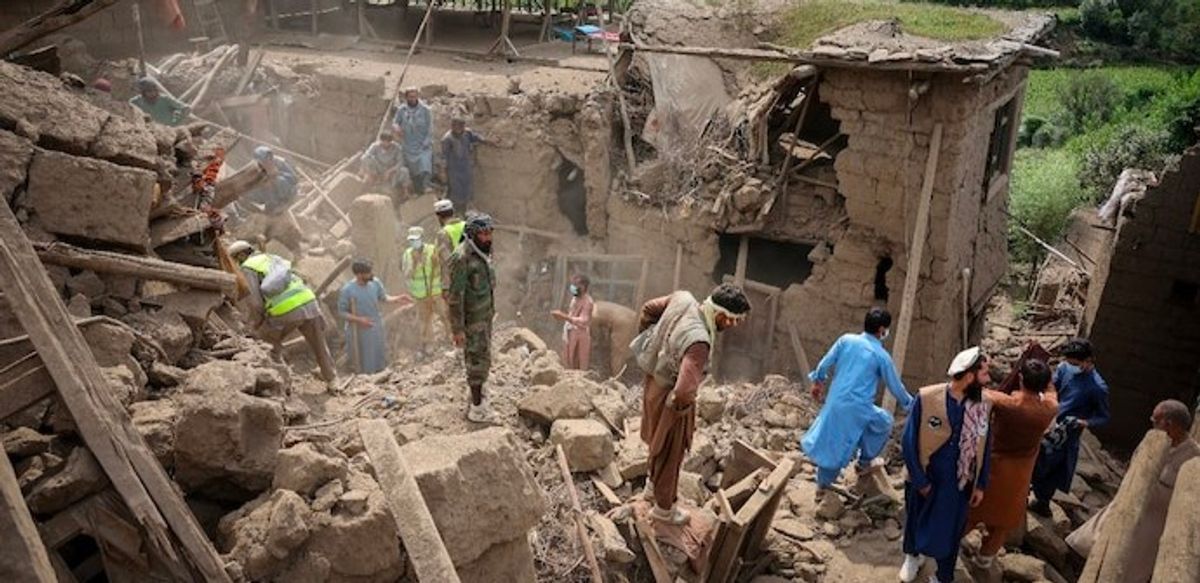
At least 20 people have lost their lives after a powerful earthquake struck northern Afghanistan, according to local officials, who warn that the death toll is expected to rise as rescue operations continue.
Local authorities told reporters that hundreds more have been injured. The quake occurred near Mazar-e-Sharif, one of Afghanistan’s largest cities with a population of around 500,000, at about 01:00 local time on Monday (20:30 GMT on Sunday).
The US Geological Survey recorded the earthquake as having a magnitude of 6.3 and a depth of 28 km (17 miles). It issued an orange alert level, indicating that "significant casualties" were likely.
Sharafat Zaman Amar, spokesperson for the Taliban government’s health ministry, confirmed that more than 20 people had been killed and over 320 were injured. Provincial officials added that the number of victims could increase as rescue workers reach more affected areas.
Haji Zaid, a Taliban representative in Balkh province, wrote earlier on X that "many people are injured" in Sholgara district, located south of Mazar-e-Sharif. He also said that they had received "reports of minor injuries and superficial damages from all districts of the province," adding that "most of the injuries were caused by people falling from tall buildings."
According to AFP, many residents of Mazar-e-Sharif rushed out of their homes when the tremor hit, fearing their buildings might collapse.
The Taliban spokesman in Balkh also posted a video on X that appeared to show rubble scattered across the grounds of the Blue Mosque in Mazar-e-Sharif, a site revered by Shia Muslims. The mosque complex is believed to be the resting place of the first Shia Imam, a figure regarded as possessing divine wisdom and serves as an important pilgrimage and prayer site.
In Kabul, Taliban police spokesman Khalid Zadran stated on X that police teams were "closely monitoring the situation."
Additional fatalities were reported in the nearby mountainous province of Samangan, its local spokesman said.
This latest earthquake follows another powerful tremor in late August, when a magnitude 6.0 quake struck eastern Afghanistan, killing over 1,000 people. That earlier disaster was particularly devastating because many homes in the area were built from mud and timber, collapsing easily and trapping residents inside.
Afghanistan remains highly vulnerable to earthquakes due to its position on several fault lines, where the Indian and Eurasian tectonic plates meet.


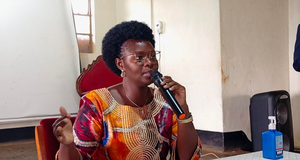

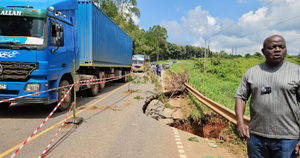


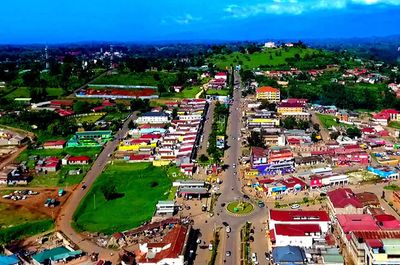

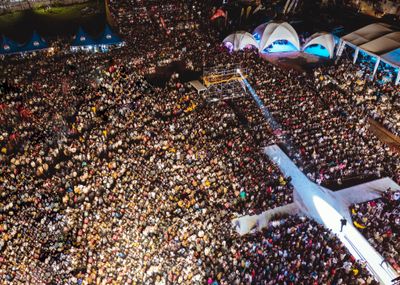


Aldrige Kennedy
Leave a Comment
Your email address will not be published.